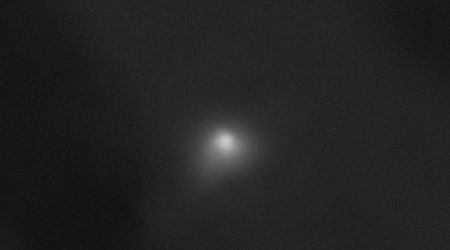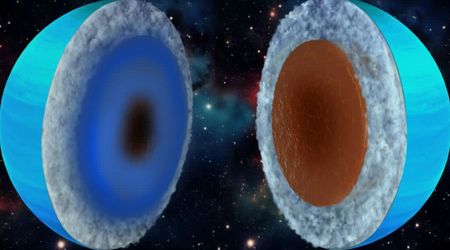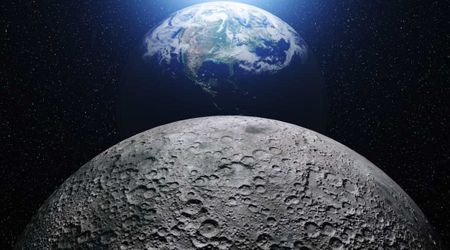Scientists track falling spacecraft to measure how satellite air pollution affects Earth's atmosphere

The Salsa satellite, one of the European Space Agency's (ESA) four identical Cluster satellites, burned up in the Pacific Ocean. Its demise was used by scientists to study the atmospheric effects of satellite and space debris reentry. A team of European scientists boarded a rented business jet on Easter Island that was fitted with 26 cameras to capture the moment. They wanted to capture the momentary phenomenon in different wavelengths of light, according to Space.com. The reentry resembled a meteor breaking apart in the atmosphere, and lasted less than 50 seconds.

The observation was obscured by the bright daylight, and it prevented the use of powerful instruments that could provide better details. Despite the obstacles, they gained new insights into the event that was less explored and difficult to record. Stefan Löhle, a researcher at the Institute of Space Systems at the University of Stuttgart in Germany, noted that the fall was rather faint. "We think that it might mean that the breakup of the satellite produced fragments that were much slower than the main object and produced less radiation," he stated about the limited tracking.

The initial breakup happened at an altitude of about 50 miles and was recorded for around 25 seconds. The fading streak of fragments was at an altitude of 25 miles and could not be tracked. The team used different color filters to identify various chemical compounds released during the fall. This could hint at the kind of pollution to be dealt with. "We detected lithium, potassium, and aluminum. But at this stage, we don't know how much of it ends up in the atmosphere as long-term air pollution and how much falls down to Earth in the form of tiny droplets," Löhle stated.

The aluminum oxide created by burning satellites is suspected to contribute to ozone layer depletion and prevent Earth's reflection of sunlight. Scientists wanted to collect more data on pollution effects from burning debris in space by studying the other Cluster satellites – Rumba, Tango, and Samba. These satellites are scheduled to fall to Earth later this year and in 2026, according to Interesting Engineering. The global atmospheric science community is concerned about the effects of the fall, as many more satellites were slated for launch, causing equally more burning reentry.

The altitude of reentry is difficult to track as it is too high for meteorological balloons and too low to be sampled by satellites. Aircraft chases for this research are not sustainable, difficult, and quite expensive, as per Space.com. Previously, only five spacecraft reentries were tracked in the air, which included an Ariane rocket stage and three International Space Station resupply vehicles. Upon reentry, the disintegrating aluminum body transformed into large drops of molten metal, some of which were known to turn into aluminum oxide aerosol.

"We don't have the data to say how much of it turns into the aerosol," Löhle said. "We hope that we will be able to recreate a fragmentation sequence and say how much aluminum each of the subsequent explosions released into the upper atmosphere," he added. The International Astronomical Union Centre for the Protection of the Dark and Quiet Sky from Satellite Constellation Interference (IAU CPS) warned about these unsustainable practices, as per Interesting Engineering. They also urged for better regulation of the night sky and its components.









